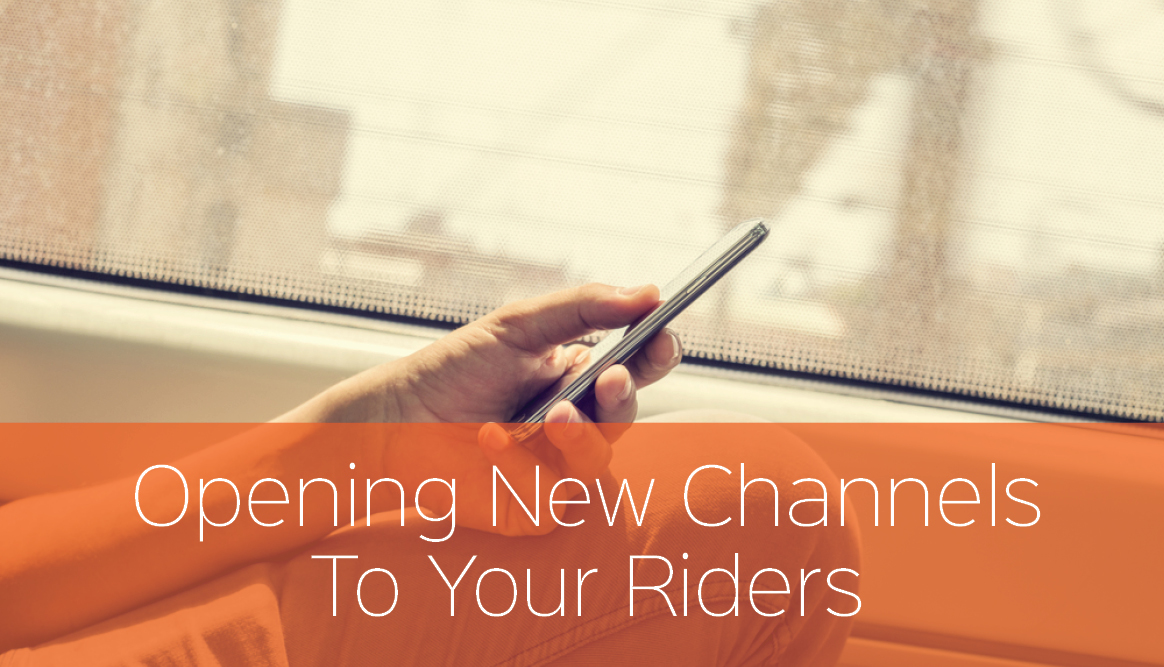Fixed Route Software And Social Media Data

According to this TCRP report, 91% of the 35 transit agencies they surveyed are currently using Twitter as a means of communicating with their riders. The main goals for using social media appear to be improved communication with riders in order to improve both customer satisfaction and their agency’s image. The types of information that they broadcast covers a wide array of issues, such as:
- Agency news
- Real time alerts
- Contests and promotions
What’s invaluable about social media is the speed with which an agency can send out this information. However, there are other major advantages to connecting with your riders via social media.
Social Media Achieves Agency Goals
The TCRP synthesis provides some clear evidence to show that social media channels were significantly effective at distributing general knowledge, real time service information as well as saving the agency money. Evidence shows that resources can be saved due to the reduced reliance on traditional forms of advertising and information distribution, such as printed materials, postage charges and staffing requirements. But by simply sharing social space with their riders, agencies vastly improved their community standing. What is clear is that no agency stated that social media hindered their outreach in their respective communities. In other words, every transit agency needs to take social media seriously if they wish to continue to be involved with their riders.
 Free Data Can Fuel Planning
Free Data Can Fuel Planning
Consider the costs associated with learning whether or not a new initiative is needed (and then successful). Monitoring a live feed from riders can alert you to an immediate problem on a route or bus. It can also alert your planners to long-term issues on routes. Having insight directly from riders will verify the data that you’re accumulating from a fixed route software system. You’ll know when, at what time of day and exactly where a bus is at capacity. Perhaps you’ll be able to analyze data and recognize that a temporary route detour isn’t effectively moving the required amount of riders.
Social Media as Possible Revenue
It may be possible to work with outside organizations in order to offer them an advertising platform. Examples of this include government tourism sites or location-based advertising for businesses along a bus route. While there may be risk involved with leading your social media followers towards external information and sites, the potential is still worth examining as a possible source of revenue.
What’s clear is that social media is a communication device that operates ostensibly free of charge and is virtually in the hands of every rider. It can work in concert with other fixed route software solutions in order to broadcast real time data to your riders and improve the quality of your service. So how will you use it, if you’re not already?
If you’re considering embracing a passenger information system at your agency, download this Definitive Guide. In it, you’ll explore the many integrated options that work alongside a fixed route software solution to completely transform your agency’s service offering.


 Free Data Can Fuel Planning
Free Data Can Fuel Planning